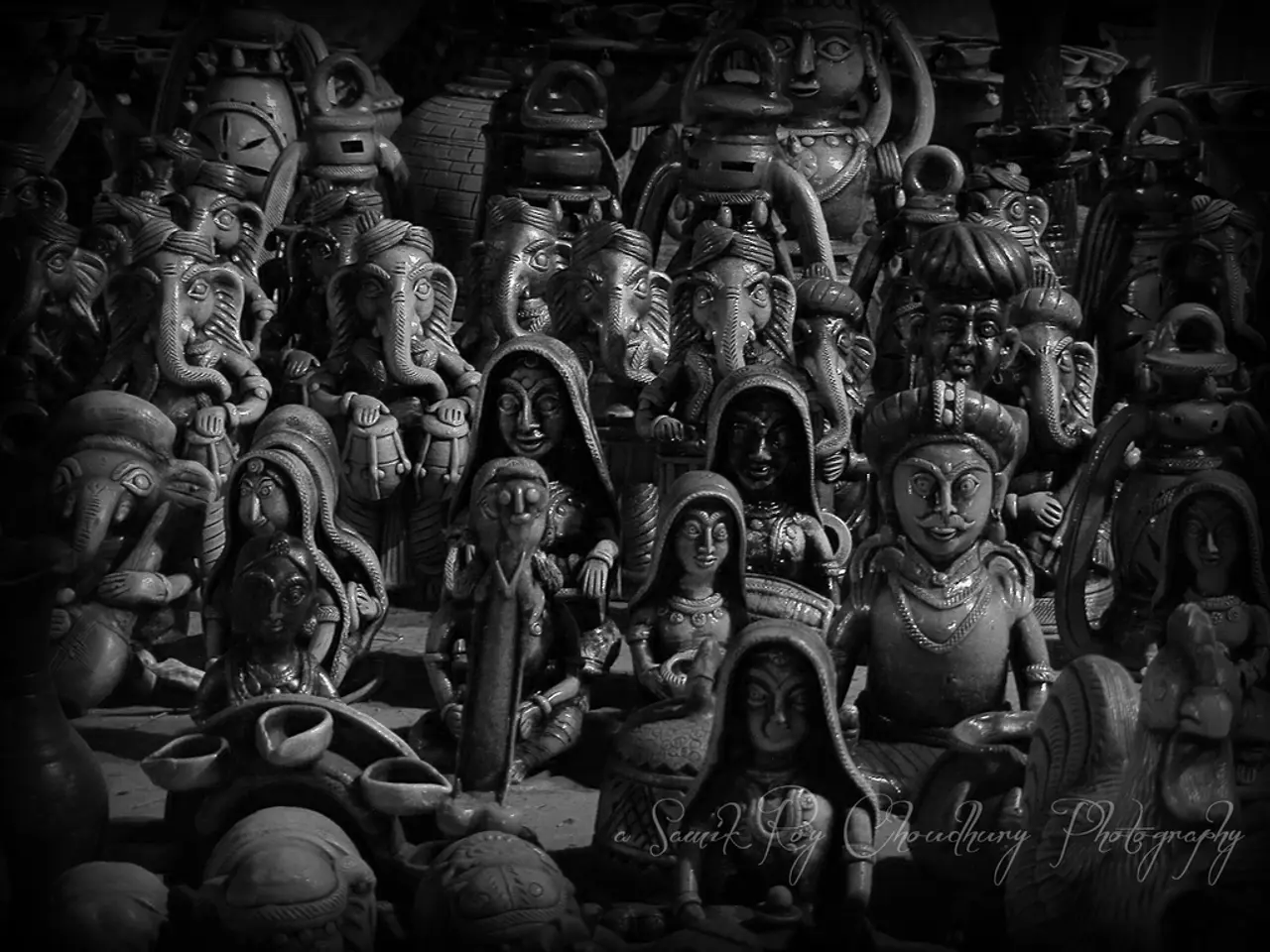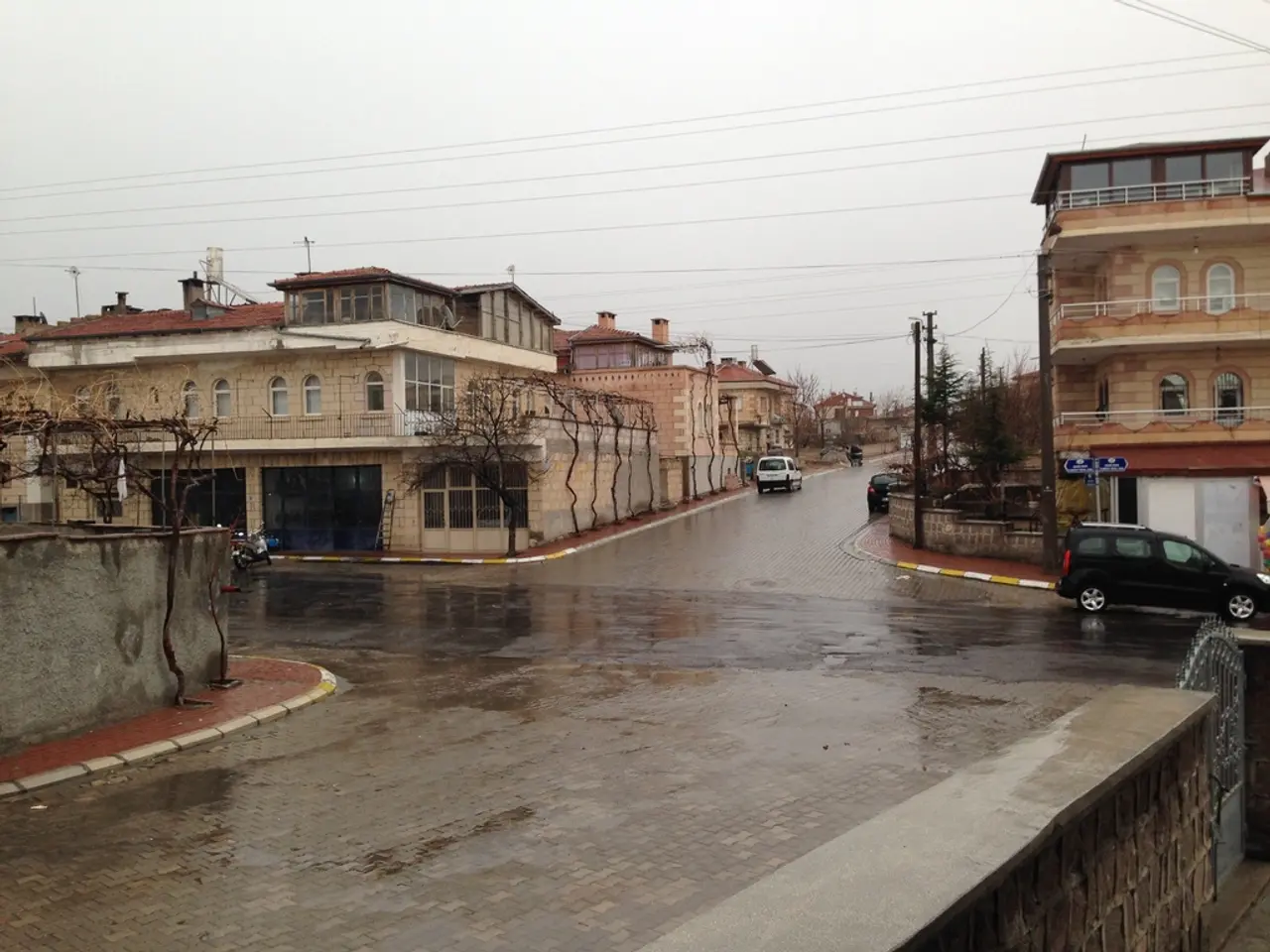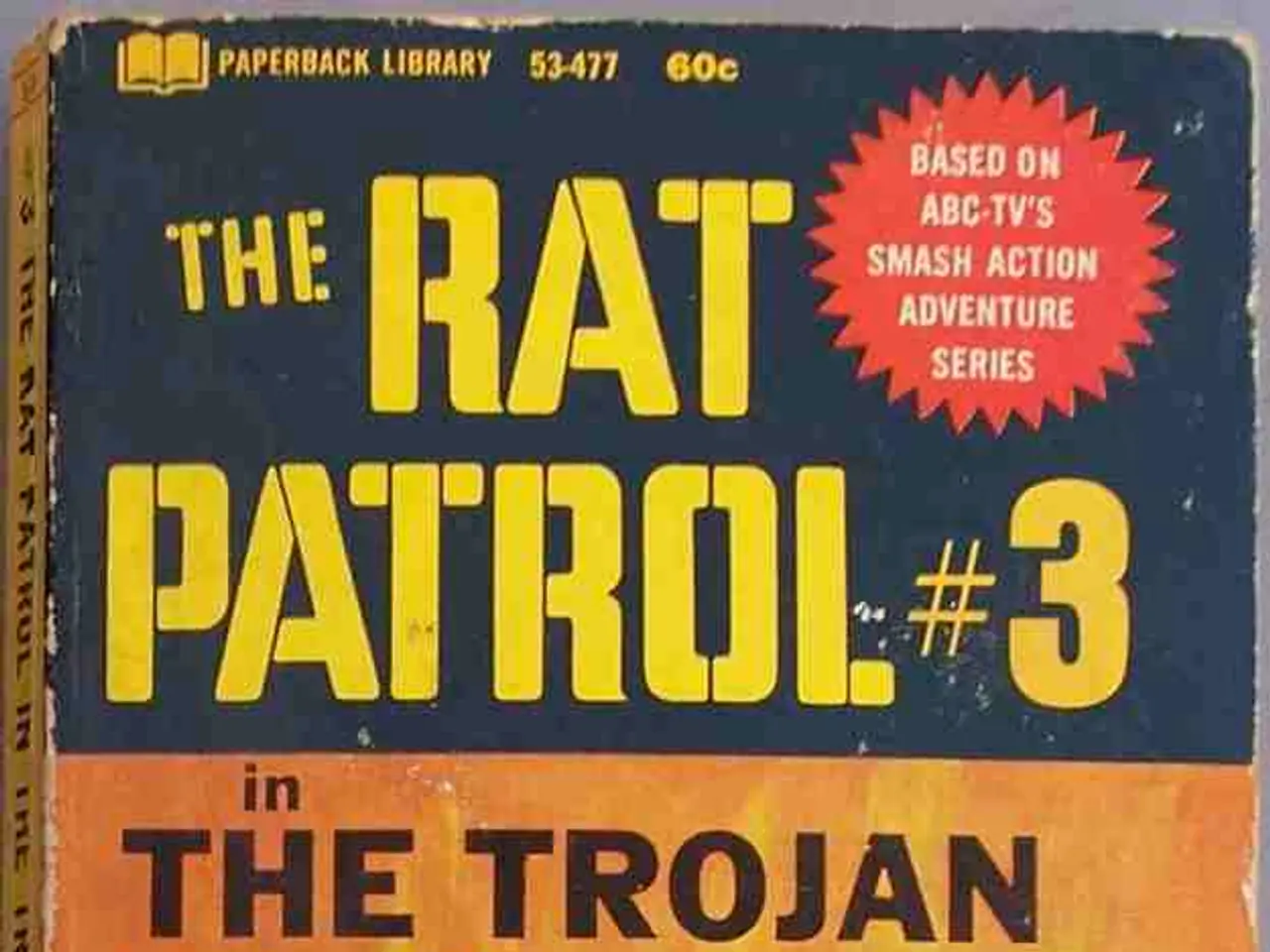Kiarostami's Cinema Characterized by Subtractions: An Overview
In the world of Abbas Kiarostami's early films, including his debut "Bread and Alley" (1970), a distinct aesthetic and paradigm take shape. This is according to Joan Copjec, whose book Cloud: Between Paris and Tehran argues that Kiarostami's early cinematic style is characterised by restraint, ambiguity, and the evocation of deeper meaning through minimalism and omission.
"Bread and Alley" is a 10-minute black-and-white film featuring a young boy who must negotiate his way past a menacing-looking dog. The film's narrative is minimalist, with conversations riddled with silences and few narrative actions. This minimalist approach is exemplified by the film's only sound, the extradiegetic Beatles song, "Ob-La-Di, Ob-La-Da."
Copjec interprets Kiarostami's early cinematic style as an approach that challenges dominant narratives by emphasising a delicate balance between visibility and invisibility, sound and silence, presence and absence. This fosters active viewer engagement and interpretation, encouraging viewers to reflect on the social and moral dimensions of the story.
This interpretation aligns with broader critical observations about Kiarostami’s work, which often employs omission and narrative open-endedness to provoke reflection rather than deliver straightforward messages. Such a style is not only aesthetic but also philosophical, foregrounding questions of representation, perception, and the politics of viewing, as Copjec elaborates in her analysis of the director's early oeuvre.
Youssef Ishaghpour, in his book "Le reel, face et pile: Le cinema d'Abbas Kiarostami," identifies a significant turning point in Kiarostami's filmmaking between "The Traveller" (1974) and "Where Is the Friend's House?" (1987). The art of subtraction, a term reaching back to a premodern distinction made by Leonardo da Vinci between two contrasting ways of making art, is central to Kiarostami's film practice. The art of subtraction is tasked with drawing attention to the subtraction that is the unconscious, without sacrificing the subtraction - its hiddenness - itself.
In "Where Is the Friend's House?," the world becomes "a site of an action" rather than just the setting of the story, according to Ishaghpour. The central action ceases to belong to the order of (narrative) facts and opens some other fictive order. The house Ahmad arrives at not once but twice is marked as wrong, but the reason remains inexplicable. The hesitation that prevents the protagonist in "Where Is the Friend's House?" from accomplishing his objective is given no physiological, psychological, or any other alibi.
Critics often claim that Kiarostami is a humanist or a realist, indifferent to the plight of women, or turned his back on his own culture and countrymen. These criticisms are unfounded and can only be refuted through rigorous readings of the films themselves.
Abbas Kiarostami's first film, "Bread and Alley," was made in 1970 under the auspices of Kanun, a cultural organization founded in 1965. Freud evoked the distinction between addition and subtraction several times at the beginning of his career to set psychoanalysis apart from the technique of suggestion. The psychoanalyst Jacques Lacan formulates propositions that help clarify the art of subtraction's aim to put a stop to the privation of being.
In conclusion, Kiarostami's early films, particularly "Bread and Alley," embody a unique aesthetic and paradigm characterised by restraint, ambiguity, and the evocation of deeper meaning through minimalism and omission. This approach challenges dominant narratives, fosters active viewer engagement, and invites multiple readings rather than delivering definitive answers. The art of subtraction, central to Kiarostami's film practice, is a testament to his commitment to questioning the politics of viewing and exploring the hidden depths of the unconscious.
Books containing analyses of Abbas Kiarostami's early films, such as "Cloud: Between Paris and Tehran" by Joan Copjec and "Le reel, face et pile: Le cinema d'Abbas Kiarostami" by Youssef Ishaghpour, delve into the director's unique approach to storytelling and entertainment. This approach, characterized by minimalism, omission, and ambiguity, presents a world where viewing becomes an active process fostering interpretation and reflection.







